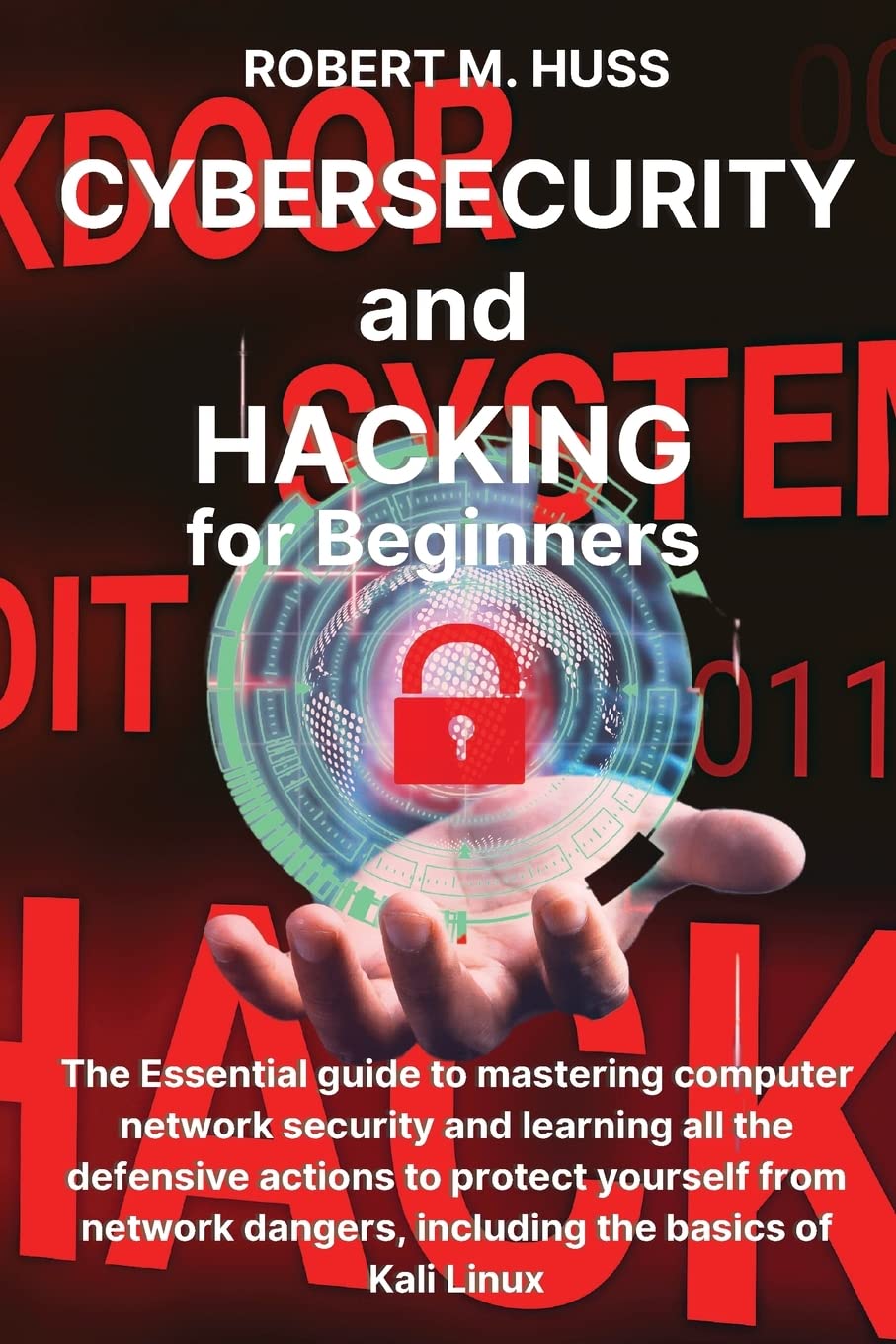Data center downtime is a serious issue that can have far-reaching consequences for businesses. While the immediate concern may be the loss of productivity and revenue, there are also hidden dangers that come with downtime, particularly when it comes to security risks.
One of the primary security risks associated with data center downtime is the potential for data breaches. When a data center goes offline, it can create vulnerabilities in the system that hackers can exploit to gain access to sensitive information. This could include customer data, financial information, or intellectual property, all of which could be used for malicious purposes.
Additionally, downtime can also make it more difficult for businesses to detect and respond to security threats. Without access to real-time monitoring and alerts, IT teams may not be able to quickly identify and address potential security breaches. This can leave businesses exposed to attacks for longer periods of time, increasing the likelihood of data loss or other damage.
Furthermore, data center downtime can also impact compliance with regulatory requirements. Many industries have strict data protection regulations that businesses must adhere to, and downtime can make it difficult to maintain compliance. This could result in fines or other penalties, further adding to the costs of downtime.
To mitigate the risks associated with data center downtime, businesses should have a comprehensive disaster recovery plan in place. This plan should include regular backups of data, redundant systems to minimize downtime, and clear protocols for responding to security incidents. Additionally, businesses should invest in robust security measures, such as encryption and multi-factor authentication, to protect their data from cyber threats.
In conclusion, the hidden dangers of data center downtime go beyond just the immediate financial impact. Businesses must be aware of the security risks that come with downtime and take proactive steps to protect their data and systems. By implementing robust security measures and disaster recovery plans, businesses can minimize the risks and ensure that they are prepared to respond effectively in the event of a data center outage.











